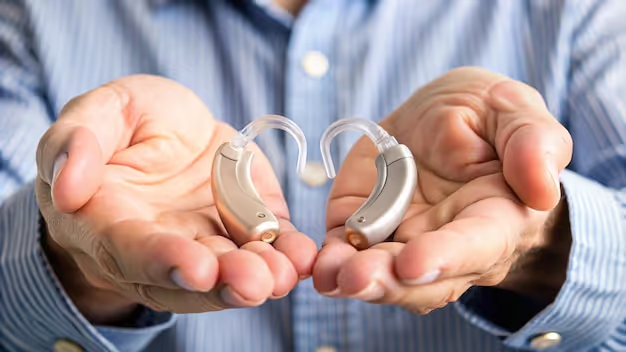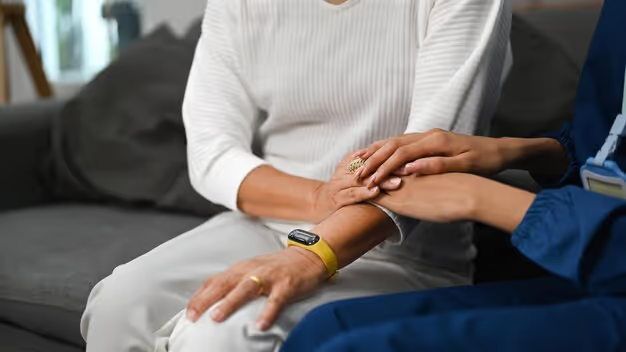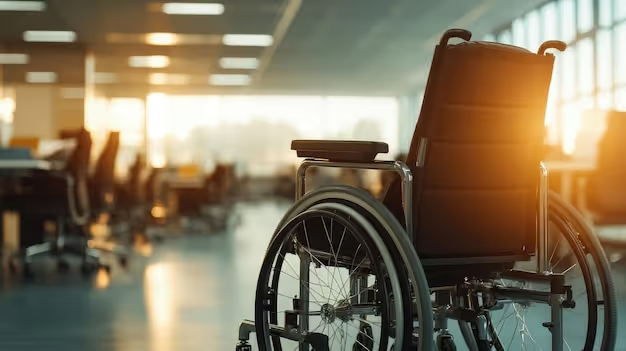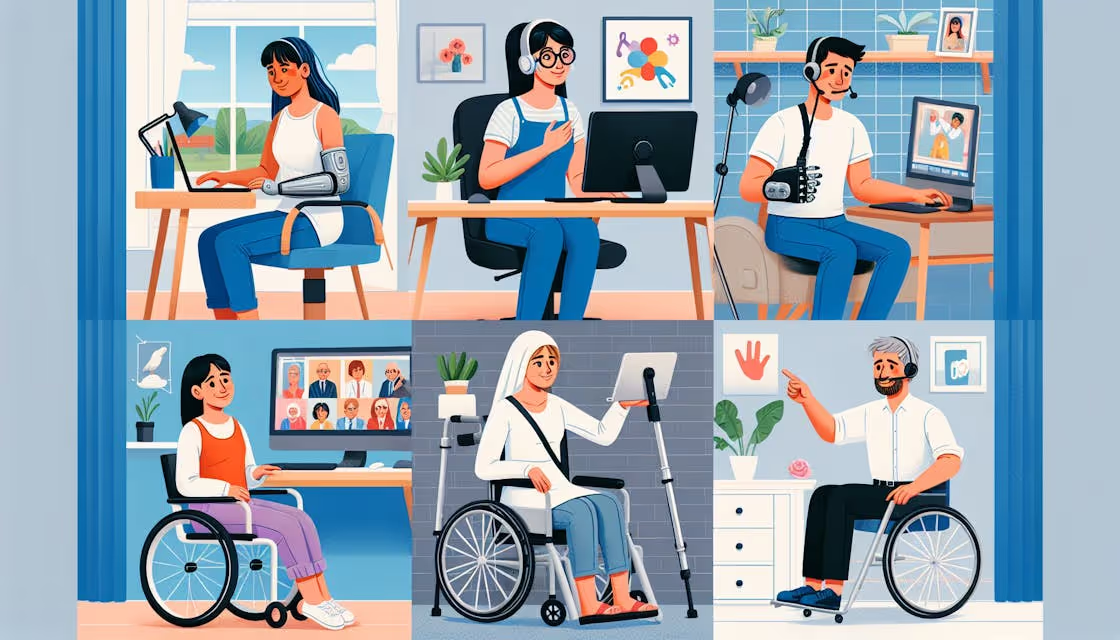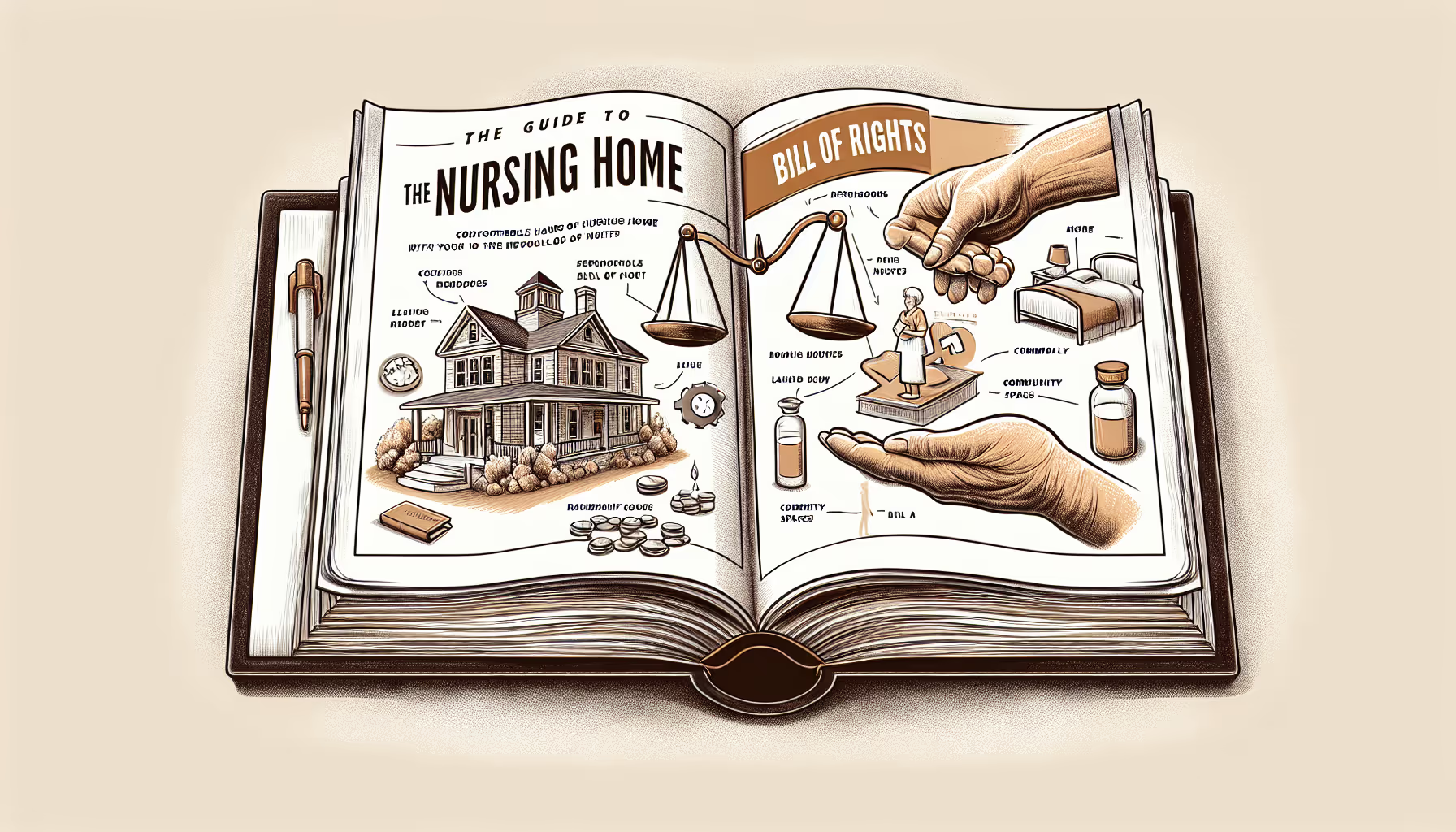Maximum Hours for CDPAP in New York Decoded
Discover the Maximum Hours for CDPAP in New York Ensuring Optimal Care for your Loved Ones. Navigate Exceptions and the Application Process with Ease.

How Does CDPAP Work in New York?
CDPAP operates under the guidelines set forth by the New York State Department of Health. The program provides financial assistance to individuals who require long-term care services and are eligible for Medicaid.
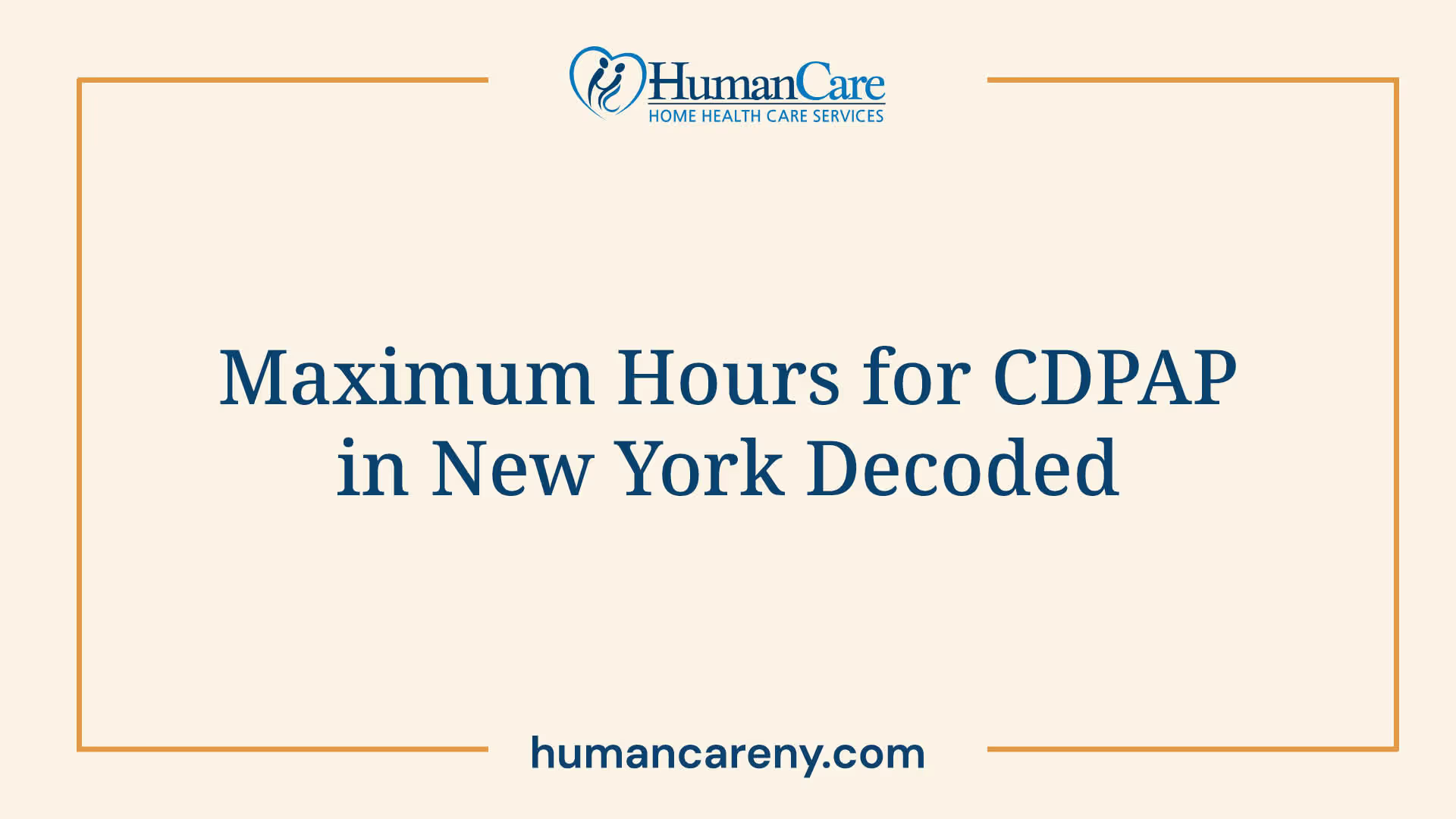
To participate in CDPAP, individuals must meet the eligibility criteria, which include being eligible for Medicaid, requiring assistance with activities of daily living, and having the cognitive ability to make informed decisions about their care.
Once eligible, individuals can hire their caregivers, who can be family members, friends, or people they trust. The caregivers receive compensation for the services they provide, allowing them to assist the individual while being employed.
CDPAP offers a person-centered approach to care, giving individuals the freedom to determine the number of hours they require assistance based on their specific needs. The maximum hours for CDPAP in New York can vary depending on various factors, which will be explored in the next section.
Understanding the basics of CDPAP and how it operates in New York is crucial before delving into the details of the maximum hours allowed for the program.
Maximum Hours for CDPAP in New York
When participating in the Consumer Directed Personal Assistance Program (CDPAP) in New York, it's essential to understand the maximum hours that are allowed for caregiving. This section will explore the hours limit and the factors that can affect the maximum hours for CDPAP recipients.
Exploring the Hours Limit
The maximum hours for CDPAP in New York can vary depending on individual circumstances and needs. The purpose of the program is to provide flexibility and support for individuals who require long-term care at home. While there is no specific maximum hour limit set by the program, there are guidelines in place to ensure the availability of appropriate care for recipients.
The hours limit is determined based on the assessed needs of the individual and the availability of qualified caregivers. The goal is to strike a balance between providing sufficient care and preventing caregiver burnout or inadequate coverage. It's important to work closely with a CDPAP agency to understand the specific hours limit that applies to your situation.
Factors Affecting Maximum Hours
Several factors can influence the determination of maximum hours for CDPAP in New York. These factors are taken into consideration during the assessment process to ensure that the individual's care needs are adequately met. Some of the key factors include:
- Medical Condition: The severity and complexity of the recipient's medical condition play a significant role in determining the required hours of care. Conditions that require more extensive care, such as advanced stages of certain diseases or disabilities, may warrant higher maximum hours.
- Functional Limitations: The functional limitations of the recipient, such as mobility impairments or cognitive challenges, can impact the number of hours needed for care. Individuals with greater limitations may require more hours of assistance.
- Safety Considerations: Safety is a crucial aspect of determining maximum hours. If the individual requires constant monitoring or assistance due to safety concerns, the maximum hours may be adjusted accordingly.
- Caregiver Availability: The availability of qualified caregivers who can provide the necessary care is another influential factor. If there is a shortage of available caregivers or if the recipient has specific preferences for their caregivers, it may affect the maximum hours that can be allocated.
It's important to note that the determination of maximum hours is not fixed and can be adjusted as the recipient's needs change. Regular reassessments are conducted to ensure that the level of care remains appropriate and responsive to the individual's evolving needs.
Understanding the hours limit and the factors that affect it is essential for those participating in the CDPAP program. By working closely with a CDPAP agency and considering the specific circumstances, recipients can ensure that they receive the necessary care and support while staying within the program's guidelines.
Determining Maximum Hours
When it comes to the maximum hours for the Consumer Directed Personal Assistance Program (CDPAP) in New York, several factors come into play. The determination of maximum hours is based on the individual's needs and the availability and qualifications of the caregiver.
Assessing Individual Needs
The first step in determining the maximum hours for CDPAP in New York is to assess the individual's needs. This involves evaluating their specific care requirements and the level of assistance they require on a daily basis. The assessment takes into account factors such as:
- Activities of daily living (ADLs): This includes tasks like bathing, dressing, grooming, eating, and mobility.
- Instrumental activities of daily living (IADLs): These are more complex tasks such as meal preparation, medication management, housekeeping, and transportation.
- Medical needs: The individual's medical condition and any specialized care that may be required.
Based on the assessment, a determination is made regarding the number of hours of care needed per week. This helps to establish the initial maximum hours for CDPAP.
Caregiver Availability and Qualifications
In addition to the individual's needs, the availability and qualifications of the caregiver also play a role in determining the maximum hours for CDPAP in New York. It is important to ensure that the caregiver is capable of meeting the individual's needs and providing the necessary level of care.
The caregiver's availability refers to their ability to commit to the required hours of care. This includes considering their existing responsibilities, such as other employment or personal commitments. It is essential to find a caregiver who can devote the necessary time to meet the individual's needs.
Furthermore, the caregiver's qualifications are considered to ensure they have the necessary skills and training to provide appropriate care. This may include certifications, relevant experience, and knowledge of specific medical conditions or specialized care techniques.
By considering both the individual's needs and the caregiver's availability and qualifications, the maximum hours for CDPAP can be determined. This ensures that the individual receives the appropriate level of care while taking into account the caregiver's capacity to provide that care.
It's important to note that the determination of maximum hours may be subject to periodic reassessment, especially if there are changes in the individual's condition or care requirements. Regular evaluations help to ensure that the care provided remains suitable and responsive to the individual's evolving needs.
Exceptions and Special Circumstances
In the Consumer Directed Personal Assistance Program (CDPAP) in New York, there are exceptions and special circumstances that allow for flexibility in the maximum hours of care provided. These exceptions are designed to cater to exceptional cases where individuals require additional care beyond the standard limits.
Flexibility for Exceptional Cases
The CDPAP recognizes that certain individuals may have unique circumstances that warrant additional hours of care. In such cases, exceptions can be made to extend the maximum hours allowed. The determination of exceptional cases is typically based on a thorough assessment of the individual's specific needs and requirements.
The exceptional cases where additional hours may be granted can include, but are not limited to:
- Severe physical or cognitive disabilities that require round-the-clock care
- Complex medical conditions that necessitate extensive assistance and monitoring
- Palliative care or end-of-life care needs
- Individuals with multiple chronic conditions requiring frequent medical interventions
It's important to note that each exceptional case is assessed on an individual basis, taking into account the specific circumstances and needs of the person receiving care.
Extending Maximum Hours
When an exceptional case is identified, the maximum hours for CDPAP in New York can be extended beyond the standard limits. The extension of hours is typically determined through a collaborative process involving the individual receiving care, their designated caregiver, and the appropriate healthcare professionals.
The extension of maximum hours is subject to review and approval by the relevant authorities, such as the individual's healthcare provider and the Managed Long-Term Care (MLTC) plan. This ensures that the additional hours are justified and in the best interest of the individual's well-being.
It's important to work closely with the designated CDPAP agency and healthcare professionals to navigate the process of extending maximum hours. They can provide guidance, support, and assist in preparing the necessary documentation required for the review and approval process.
By allowing flexibility in exceptional cases and extending the maximum hours of care, the CDPAP in New York strives to ensure that individuals with complex needs receive the comprehensive and personalized assistance they require to maintain their health and quality of life.
Navigating the CDPAP Process
If you or your loved one is considering applying for the Consumer Directed Personal Assistance Program (CDPAP) in New York, it's important to understand the steps involved and how to navigate the process effectively. This section will outline the steps to apply for CDPAP and provide insights on working with a CDPAP agency.
Steps to Apply for CDPAP
Applying for CDPAP involves a series of steps to ensure eligibility and facilitate the enrollment process. Here is an overview of the typical steps involved:
- Assess Eligibility: Determine if you or your loved one meets the eligibility criteria for CDPAP. In New York, individuals must be eligible for Medicaid and require home care services.
- Identify a Designated Representative: Select a designated representative who will act as the employer for the personal assistants (PAs) providing care. This can be the individual receiving care or a trusted representative.
- Complete the Application: Fill out the CDPAP application form, providing accurate and detailed information about the individual requiring care, the designated representative, and any additional caregivers involved.
- Submit Supporting Documents: Gather and submit any required supporting documents, such as proof of Medicaid eligibility, identification documents, and medical assessments.
- Assessment and Approval: Once the application is submitted, the local Medicaid office will review the application, conduct an assessment of the individual's needs, and determine if they qualify for CDPAP. If approved, a Notice of Approval will be issued.
- Develop a Care Plan: Work with the CDPAP agency and the individual's healthcare provider to develop a comprehensive care plan that outlines the specific services and hours of care required.
- Recruit and Train Personal Assistants: With the assistance of the CDPAP agency, recruit and hire personal assistants (PAs) who meet the necessary qualifications. Provide training to the PAs on the individual's care needs and any specific instructions.
- Start CDPAP Services: Once the care plan is finalized and the PAs are hired and trained, CDPAP services can commence. The designated representative will oversee the scheduling and coordination of care with the PAs.
Working with a CDPAP Agency
CDPAP agencies play a crucial role in facilitating the CDPAP process and providing support to individuals and their designated representatives. When navigating the CDPAP process, consider the following aspects of working with a CDPAP agency:
- Agency Selection: Research and choose a reputable CDPAP agency that is authorized by the New York State Department of Health. Look for agencies with experience in CDPAP and a track record of providing quality care.
- Application Assistance: CDPAP agencies can guide you through the application process, ensuring that all necessary documents are submitted correctly and promptly.
- Care Coordination: CDPAP agencies can assist in developing the care plan and coordinating the scheduling of care with the designated representative and the PAs.
- Training and Support: Agencies often provide training and ongoing support to the designated representative and the PAs, ensuring that everyone has the necessary skills to provide safe and effective care.
- Administrative Assistance: CDPAP agencies handle administrative tasks such as payroll, taxes, and insurance, relieving the designated representative of these responsibilities.
By following the steps outlined and collaborating with a trusted CDPAP agency, individuals and their designated representatives can navigate the CDPAP process more smoothly and access the care and support they need. Remember to seek guidance from the CDPAP agency throughout the process to ensure compliance with all program requirements.
Appealing Maximum Hours Determination
In some cases, the determination of maximum hours for the Consumer Directed Personal Assistance Program (CDPAP) in New York may not be sufficient to meet an individual's needs. However, there are ways to appeal this determination and request a review of the maximum hours allowed.
Requesting a Reassessment
The first step in appealing the maximum hours determination is to request a reassessment. This involves contacting the relevant CDPAP agency and requesting a review of the initial assessment and determination of maximum hours.
During the reassessment process, additional information may be gathered, such as medical records or input from healthcare professionals. The goal is to ensure that the initial assessment accurately reflects the individual's needs and requirements.
Filing a Grievance
If a reassessment does not result in an adjustment of maximum hours, individuals have the option to file a grievance. A grievance is a formal complaint that can be submitted to the CDPAP agency or Managed Long-Term Care (MLTC) plan.
The grievance should include detailed information about why the current maximum hours are insufficient and any supporting documentation or evidence. The CDPAP agency or MLTC plan will then conduct an investigation and provide a response within 30 days.
Seeking Legal Advice
If all other avenues have been exhausted without success, seeking legal advice may be necessary. This involves consulting with an attorney who specializes in Medicaid law or healthcare advocacy.
An attorney can help assess whether there are grounds for legal action, such as challenging the decision through administrative hearings or appeals processes. They can also provide guidance on navigating complex legal procedures and ensuring that individuals receive fair treatment under Medicaid regulations.
By understanding their rights and options for appealing maximum hours determinations, individuals receiving care through CDPAP can advocate for themselves and ensure they receive appropriate levels of support and assistance.
Conclusion
As the population ages and more individuals require home care services, programs like the Consumer Directed Personal Assistance Program (CDPAP) in New York become increasingly important. By allowing individuals to direct their own care and choose their personal assistants, CDPAP provides a level of flexibility and autonomy that traditional home care services may not offer.
However, navigating the CDPAP process can be complex, requiring careful attention to eligibility criteria, assessment processes, and administrative requirements. Working with a trusted CDPAP agency can help simplify this process and ensure that individuals receive the appropriate level of care.
Furthermore, in exceptional cases where maximum hours of care are insufficient to meet an individual's needs, there are options for appealing these determinations and seeking further support.
Overall, the Consumer Directed Personal Assistance Program is an essential resource for individuals requiring home care services in New York. With proper guidance and advocacy, individuals can access personalized care that meets their unique needs while maintaining independence and autonomy.
Sources
- https://www.health.ny.gov/health\_care/medicaid/program/longterm/cdpap.htm
- https://www.nycon.org/wp-content/uploads/2018/08/A-Guide-to-Consumer-Directed-Personal-Assistance-in-New-York-State.pdf
- https://www.nyc.gov/html/hra/downloads/pdf/services/cdpap-faq.pdf



.avif)








